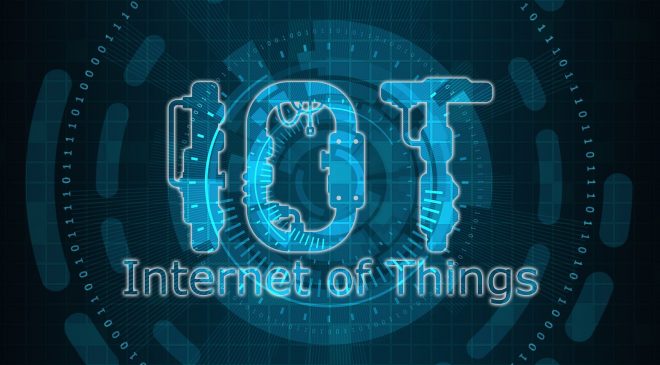IoT-related spending will be driven by modules and sensors
According to the Worldwide Internet of Things (IoT) Spending Guide published by International Data Corporation (IDC), European organizations are projected to invest approximately $US227 billion in IoT technology in 2023. The report suggests that IoT-related spending in Europe will continue to grow at a compound annual growth rate (CAGR) of 11 per cent over the next five years, reaching nearly $US345 billion by 2027.
The development of IoT in Europe reflects the evolving investment objectives of enterprises in digital transformation, focusing on cost reduction, process streamlining, automation, and enhanced customer experience. However, different dynamics are observed in regional markets. Investments by organizations in Central and Eastern Europe (CEE), for example, remain below the European average, with single-digit increases expected over the forecast period. In recent years, many investments in the CEE region were delayed due to challenges posed by the pandemic, the war in Ukraine, and overall macroeconomic pressures. Nevertheless, as IoT has demonstrated its integral role in cost reduction, process optimization, automation, and improved management and monitoring capabilities, IDC expects investments to accelerate by the end of the forecast period.
From an industry perspective, manufacturing, utilities, and professional services organizations are expected to drive IoT spending in Europe. Key use cases include production asset management, distribution automation, and smart building infrastructure. The resources industry, particularly irrigation management, and the transportation industry, specifically fleet management, are anticipated to have the fastest adoption of IoT.
The IDC’s Worldwide Internet of Things Spending Guide has been updated to reflect evolving digital transformation investment objectives and the impact of the Covid-19 pandemic on enterprises and society. Notable updates have been made to the use case taxonomy across multiple industries, such as discrete manufacturing, process manufacturing, retail, resource industries, transportation, and telecommunications.
In terms of technology, IoT-related spending will be driven by modules and sensors, followed by services such as industrial maintenance, vertical business process outsourcing, infrastructure as a service, and data as a service. Low-power wide area networks (LPWANs) are expected to see the fastest-growing investments and will be crucial for telecom providers in the IoT space. Spending on analytics software is also projected to increase as organizations aim to derive actionable insights from the data collected by IoT devices.
“European organizations are expected to face budget pressures due to the uncertain macroeconomic context, resulting in restrained investments in the short and medium term,” says Alexandra Rotaru, senior research analyst with IDC’s European Data & Analytics Team. “However, IoT will remain a critical tool for improving performance, efficiency, and automation capabilities. It will continue to be a key investment area, helping organizations reduce costs and enhance productivity despite challenges.”





